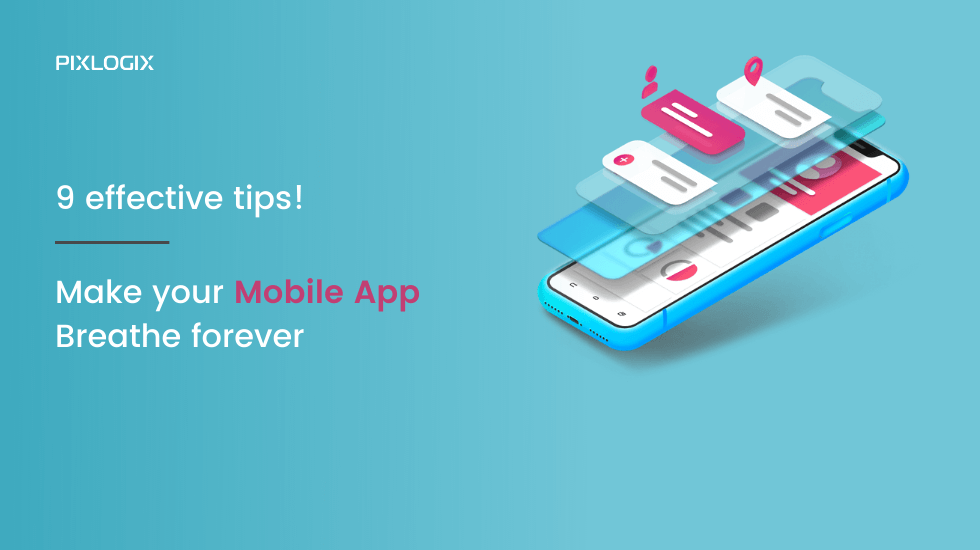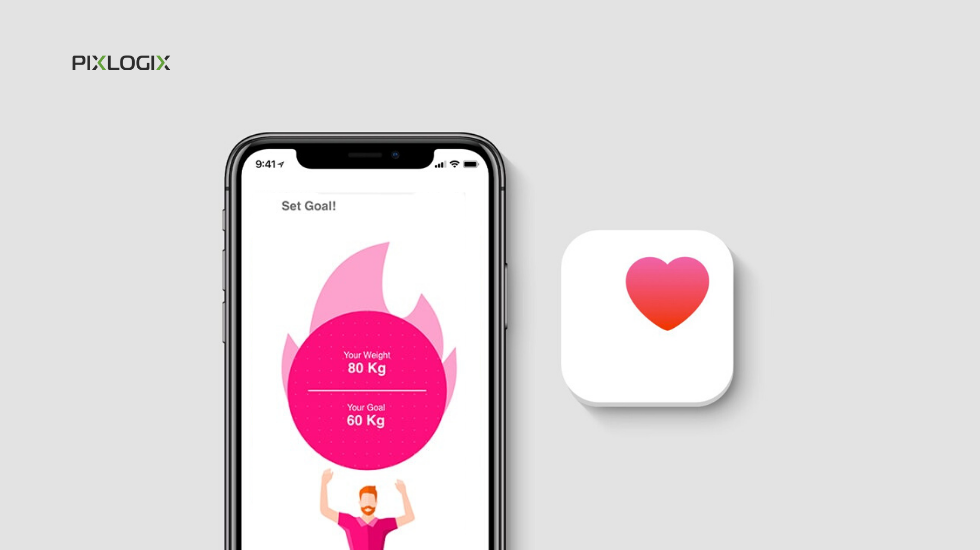In the past decade, there’s been an intense rise in mobile apps globally. Mobile applications have cast our lives since its inception. Undoubtedly, they are redesigning every day and corporate assignments, assisting us to build an extensive chain of specialists and innovators.
With the competitive landscape increasing, almost all companies are leveraging mobile apps and promoting their own mobile applications or hiring mobile app development companies to stand apart from their competitors. As per the globally CEO survey by PwC, 81% of CEOs recommend that mobility plays an essential part in their strategic decision-making processes.
Well, deciding to hire a mobile app development company is the most excellent decision but to help your mobile app reach sufficient potential, we’ll highlighting top mobile app development tips to follow:
1. Market research
Start your market research with your target audience’s pain points and pick the one that you can resolve. To discover the proof that your approach is going to resolve a problem of society, Google trends can show you a section of people hunting for a relatable term.
Google keyword planner is yet another mechanism to find fine-grained amount data for search phrases. Based on your research data, you can make your mobile application development a lot better than the set expectations. Development, designing, marketing, and the overall business all depend on how you study your idea.
2. Competitive analysis
Since there are millions of applications over play store and iTunes, it is very much essential that you perform a meticulous competitive analysis of the current marketplace. Competitive analysis is the evaluation of existing apps that is alike in functionalities to the one you foresee to launch. Competitor’s web presence, their unparalleled value offering, and their rankings & reviews are some of the major points you need to acknowledge. Always remember the purpose is to present a new and sturdy app to the audience that will keep them bound to your app.
3. Scalability is everything
It has been proven that 61% of users do not give an app a second chance if they had a poor experience initially.
The course of ideation to development is packed with ups and downs. When your app is about to manage a burgeoning number of customers, users or clients, it is imperative to verify the scalability. Prioritizing the scalability of the app will manage the agility, provide you with more economical maintenance cost and improve user experiences.
Also, 40% of the users prefer to directly go hit the competitor’s app rather. Therefore, we can say the unreliability improves the potential for churn.
4. Key design principles
You need to be proactive during the process of UI designing. Making your app aesthetically delightful is vital. Be it a native or cross-platform, your app should be interactive, engaging and user-friendly. As per the recently released survey by Statistic, first impressions are 94% design recited.
Material design is one of the topmost on-going designing inclinations. You have seen Google follow this design guide. The most striking feature of the material design is the layers. The navigation across the layers is quite convenient. To reap the maximum benefit from your app, you can explore the unseen styles, yet, always remember to streamline the app usage course to satisfy the end-customer.
5. Measuring usability
Measuring usability is a significant task to assure that your application is perfect, has adequate speed and offers security to the user profile. You have to gaily use the great combo of two tools that will do the deals: in-app feedback forms and qualitative analytics.
Qualitative analytic empowers you to survey how users are behaving within the app and know exactly what’s working in your app and what’s not. Most of the users are enthusiastic to provide feedback on your mobile app usability. You must make the process simple for the users by proposing in-app feedback tools. By building an open, seamless and real-time channel for your app’s users, your users can quickly share their opinion and questions about specific aspects of your application.
6. Testing for quality assurance
Lack of quality assurance may overpower your app users to uninstall the app just after downloading them. When users face difficulties such as freezing, crashing or draining of phone charges, it’s been proven, about 44% of users remove the app.
From performing app testing with various internet speeds to experimenting for proper use of provincial styles, your mobile app development team requires to be mindful of every step.
7. App security
Analyzing the volume of information your mobile app is holding, you must pay heed to the app security. The intrusion of privacy can improve the churn rate of your app. You will see nearly every app now request for permission to access to link with additional built-in features of your phone and generate unnecessary log files. This provides possibilities for hackers to access the app and steal delicate data. Optimal data security must be your major concern.
8. Develop for iOS and Android
It is remarkably essential for app success that your approach incorporates the two most popular platforms, iOS, and Android. One useful way to do this is to develop a cross-platform app. Cross-platform application development tools can decrease the time and costs amalgamated with developing apps distinctly on both platforms. However, it depends on your business needs, target audience, and kind of services you would like to promote on your mobile app.
9. Provide offline functionality
Typically, the majority of apps rely on the availability of an Internet connection. Even though the Internet is almost available everywhere, it is still essential that your app can perform well offline. Access to features and content offline provides a notable advantage and allows you to stay fostering a positive user experience which is crucial for app success. If you hire mobile app developer that has possess the right skills and knowledge you can get the best app for your business.
Conclusion
If you want that your target audiences are always connected with your app, you need to discover some good practices. These tips explained above will help you to retain users with higher endurance value reducing the churn rate.

